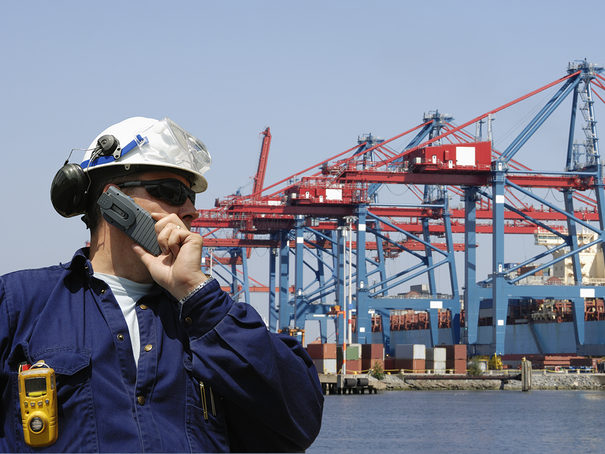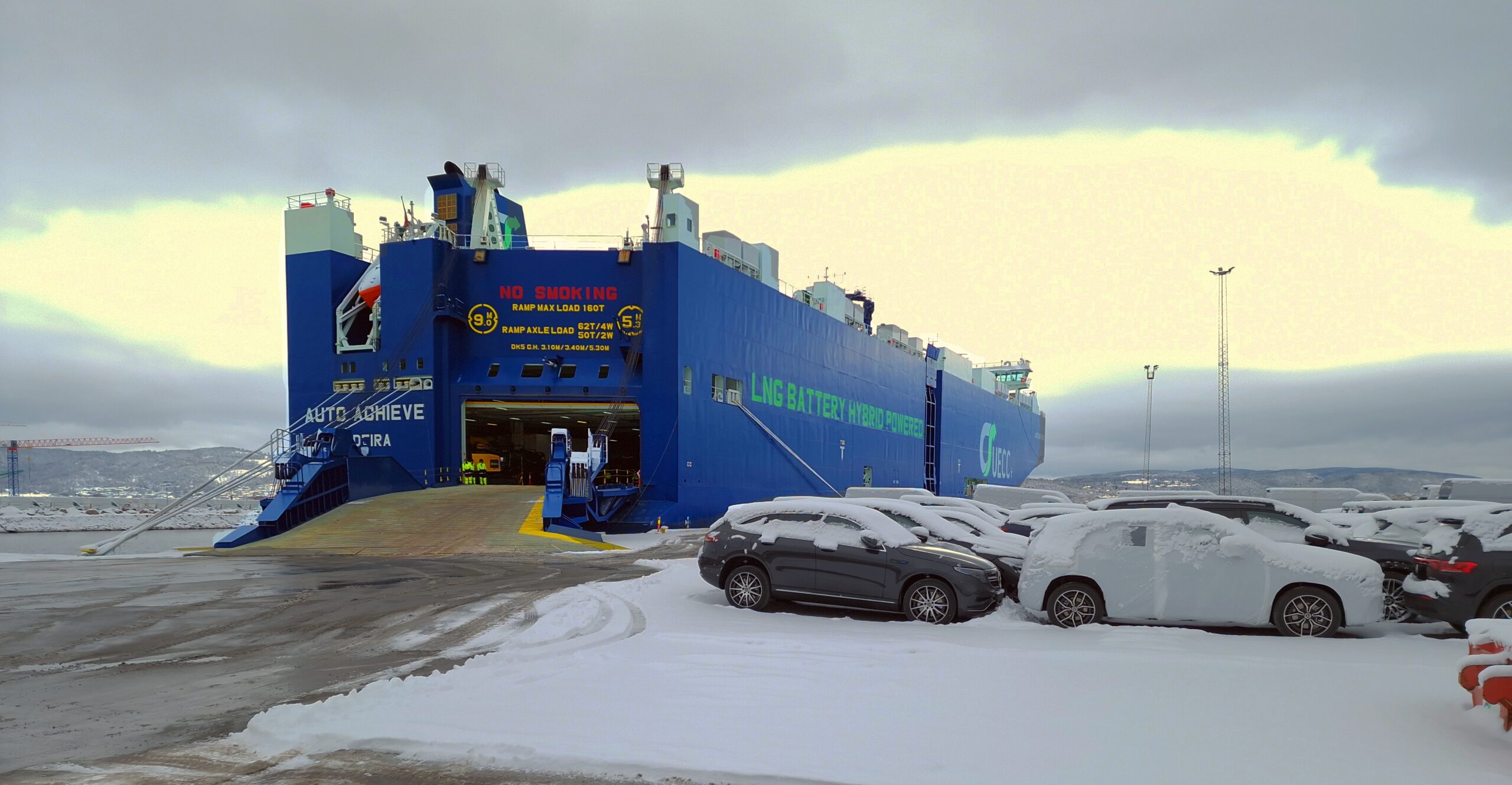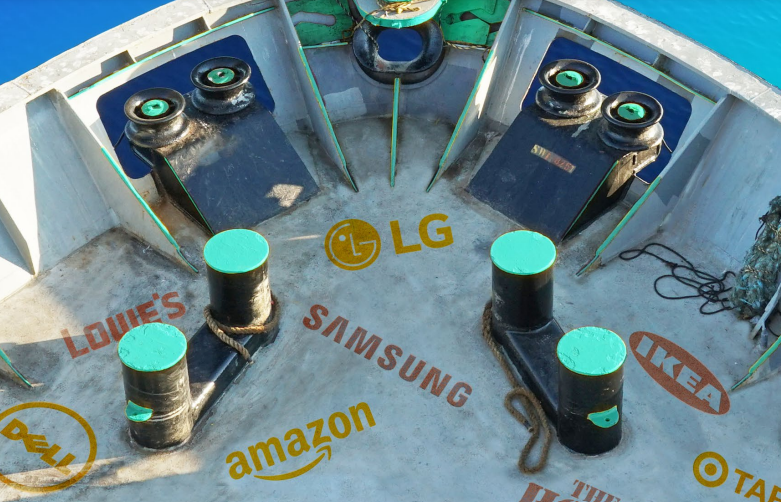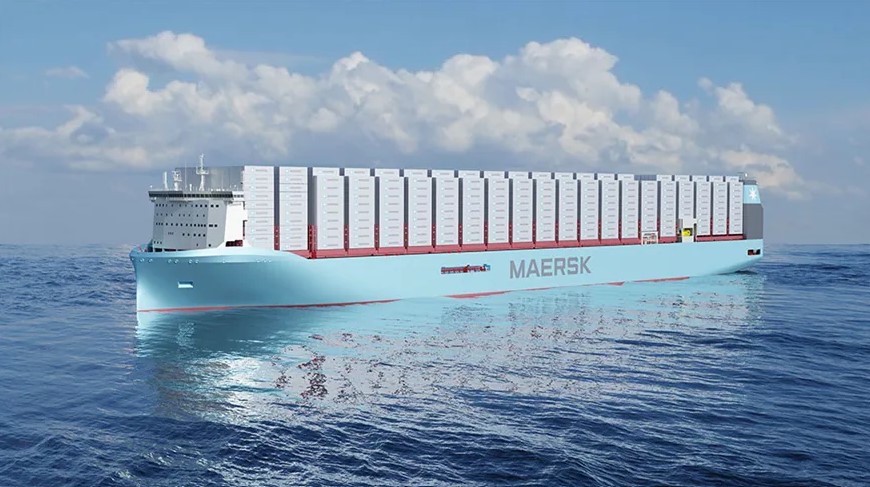BIMCO has submitted proposals to IMO that seek to smooth the exchange of data between ships and ports to facilitate greater Just in time arrivals.
The Baltic and International Maritime Council (BIMCO) has submitted two proposals to the International Maritime Organization (IMO) “to pave the way” for the fluid exchange of “port logistic operational data” and better allow for the real-time passing of updates and notifications. “Over the past years, BIMCO has continuously advocated for the establishment of a harmonised maritime data model to allow easy transfer of electronic information between ship and shore (the so-called machine-to-machine exchange),” the Council says. In line with this, the proposals are intended to “reduce the administrative burden for the shipping industry, particularly when used in the context of the maritime single window”.
“The maritime single window is a system that allows for the electronic exchange of information to assist ship clearance processes. Last year, the decision was taken to develop a prototype based on the maritime single window systems that had already been implemented in several member states,” BIMCO states. This past April, IMO updated the Facilitation Convention (FAL Compendium) to “prevent unnecessary delays in maritime traffic and to secure the highest practicable degree of uniformity in formalities prior to a port call”. However, the update “only represented a part of the information that is normally exchanged between the ship and shore in order to get clearance”.
Based on a BIMCO-led initiative, IMO agreed to establish an Expert Group on Data Harmonization to review data elements both within and beyond the FAL Convention in order to develop a harmonised data model. With the Expert Group on Data Modelling (EGDM) set to meet in London this coming November 4-8, BIMCO is thus seeking amendments to the FAL Compendium, with its first proposal concerning “a data model covering the Maritime Declaration of Health (MDH) according to the International Health Regulations (IHR)”.
“Some of the proposed data elements already exist in the IMO Reference Model,” BIMCO notes. Nevertheless, there remains a “slight difference” between the definitions used in the IMO and IHR data elements that could lead to confusion, errors and an unnecessary workload burden. For instance, the proposal notes that the IMO Reference Data Model says to use the EDIFACT code 3035 for the element ‘Person type, coded’, although this code does not include the person type ‘stowaway’ and therefore, BIMCO believes, it should be amended to do so.
“Furthermore, the new elements needed to comply with the MDH are the ‘Port of embarkation, name’ and ‘Port of embarkation, coded’,” BIMCO says. “These two data elements have almost similar data elements already in the existing IMO Reference Model: ‘Passenger port of embarkation, coded’ (IMO0091) and ‘Passenger port of embarkation, name’ (IMO0094). A proposal could be to consider renaming the existing elements to a more general wording ‘Person port of embarkation’.”
Meanwhile, the second proposal seeks to “make it possible to implement a Just-in-Time (JIT) approach”, with BIMCO noting that while JIT arrival “is frequently used in the tanker and container industry” it is “not widely used by any other shipping segment” at present. “The Just-in-Time concept refers to maintaining the most efficient ship operating voyage speed to arrive at the pilot boarding place when availability is ensured of the berth, fairway and nautical services,” BIMCO states. “Just-in-Time may be a tool to deliver enhanced port efficiency through ‘smart steaming’ instead of ‘slow steaming’, as each hour spent outside a port waiting to berth is a waste of efficiency and results in additional emissions. All effects of additional slow steaming are gone if you lose the potential positive effects due to delays and congestion at a port.”
“Enhanced collaboration – and communication – will be the key to success. JIT operations for ships should be based on timely and reliable data to enable making high-quality decisions,” it says. “Whereas the current version of the IMO Compendium contains information which intentionally goes from the ship to shore, the JIT information comprises information from the port to the ship (including information on additional services relevant to the ship: pilotage, bunker services, etc). Further, there is a need for enhanced communication between the terminal and the port as well.”
“Effective collaboration can only take place if there is transparency about desired actions and their status. Accordingly, parties (the ship as well as ports, terminals and other stakeholders) need to share relevant data and inform each other about progress (e.g. cargo completion times) so that they can efficiently execute their port visit. Ports shall be given the opportunity to receive real-time ETA data while the ship is en route to the arrival berth. Similarly, the ship will need to receive information on the berth availability. By sharing these relevant data, the parties gain insights on how well forthcoming and ongoing port calls are coordinated and synchronised.”


































